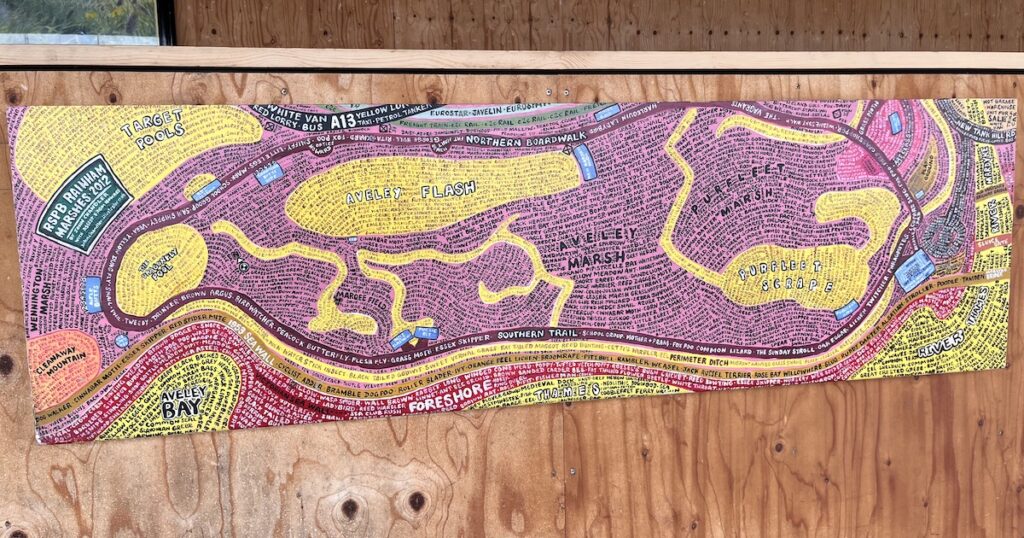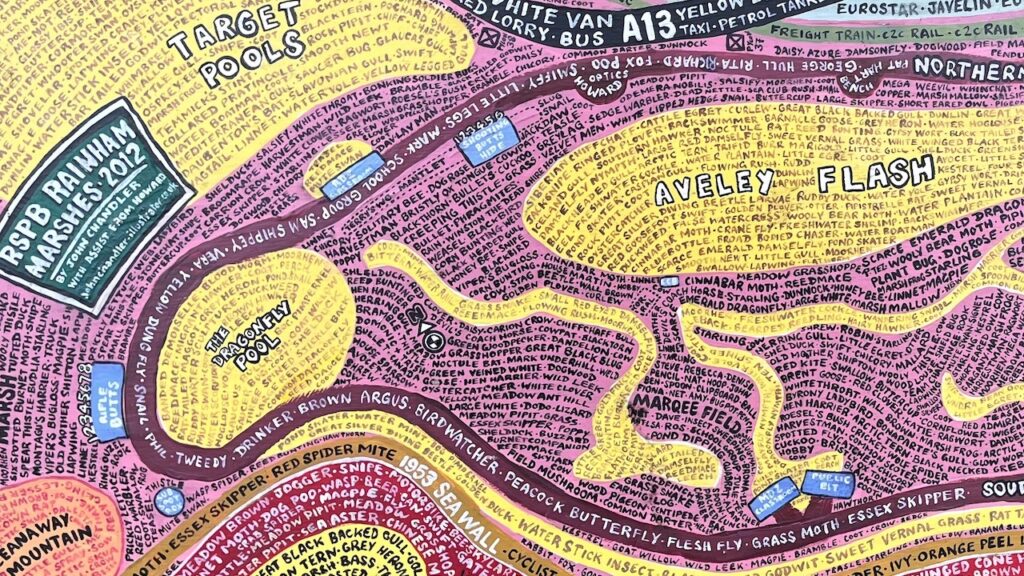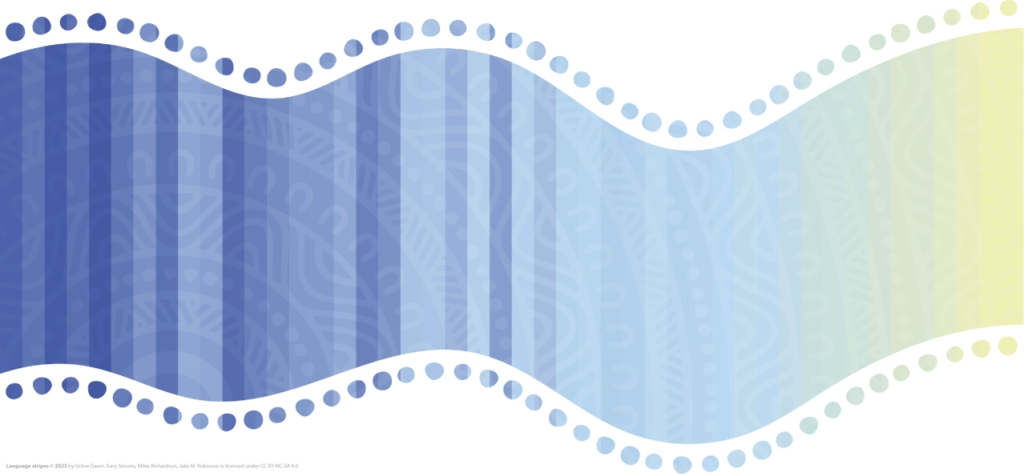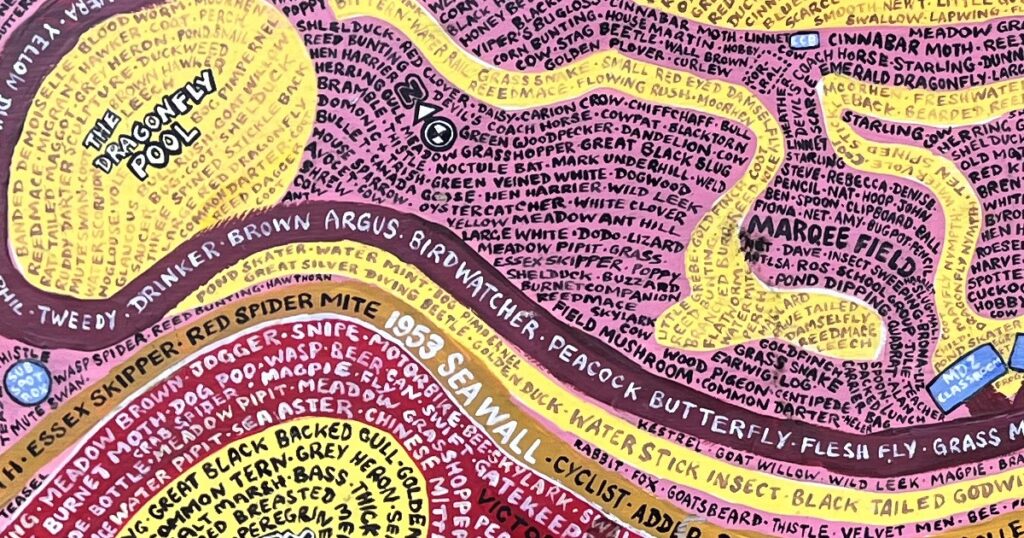In preparation for Henley Business School Outdoor Coaching Festival, July 2024 by James Farrell, Director, The Natural Coaching Company
Introduction
As Coaches, we know that learning and understanding are critical. We seek to understand our clients in order to better serve them, and for our clients to better understand themselves and help themselves. The helping, and serving, as forms of action which are enabled – activated – by compassion..
As nature or ‘outdoor’ coaches, this learning, understanding and action takes place in the context of the wider environment – literally and figuratively. An ecological system which is comprised of ourselves, our communities, and – with a nod to philosopher Tim Morton – our fellow earthlings.
So as nature coaches, we have a responsibility to understand nature and people, and harness this understanding to help our clients take compassionate action.
However, it’s unlikely that few of us invest in anything like the time and effort in getting to know other earthlings as we do the human client in front of us. So how might developing a deeper sense of nature, connection and compassion for the natural world serve us as coaches, and as people – and better serve the planet?
This is what I explore here, with help from John’s Amazing Table, an artwork by illustrator John Chandler. It that hangs in a small bird hide, down on the Thames-side fringes of East London, that I visited recently.
Learning

First, and most obviously, the artwork teaches us about a place. A place protected for nature. The RSPB now own Rainham Marshes where this hide lies, and the art consists of the names of the many kinds of wildlife that can be found nearby. Look closely and names emerge from what initially looks like an Aboriginal dot technique. Essex skipper, green veined white, brown argus. Short eared owl, shelduck, common tern. Viper’s bugloss, goatsbeard, great silver diving beetle. The names curve around contours, pathways, ponds, scrapes and the banks of the mighty River Thames.
Look more closely still, and you can also see how people and their cultural histories have been intertwined with the wildlife. Rebecca and Denise. School group. Birdwatching. 1953 Sea wall, Marquee field, Cordite store, Rifle butts.
John’s Amazing Table teaches us the names of the ‘earthlings’ that inhabit this corner of the capital he clearly loves, and by doing so brings it alive. If we don’t learn at least some of these names, how will we understand. And if we don’t understand, why should we care?
Understanding

The loss of a language to account for the natural world is as fundamental a threat as the better known existential manifestations of human activity. We have all heard of pollution and climate change as threats to the natural world, but many of us can’t identify the trees in the local park, or the birds in the garden. Zoom into John’s Amazing Table, and more variety and diversity appears. Green veined white. Green woodpecker. Avocet. Shrew. Strange names, and some perhaps more familiar – field mushroom, bramble, wood pigeon.
A loss of wild names is a loss of the reality of existence, and is exacerbated by “…our turning away from a felt relationship with the natural world.” as writer Robert McFarlane has described it. How can we feel what might be lost, or gained, through our action if we lack a basic understanding of our local environment? With pollution and climate change in full effect there may still be a ‘park’ or a ‘field’ nearby, but those terms tell us nothing of the communities they comprise – just as the name Rainham Marshes Site of Special Scientific Interest tells us nothing in itself of the diversity of life there.
The importance of language and knowledge is described neatly by the ‘Language Stripes’, a recent collaboration between University of Derby, Centric Lab, Indigenous Literacy Foundation and Flinders University. Much as biodiversity loss has accelerated, so too are languages going extinct at a current rate of 9 per year. The stripes fade over time. Indigenous peoples speak more than 4000 of the world’s languages, but make up only 6% of the global population. As the study says, “Cultural diversity is decreasing alongside biodiversity loss, and Indigenous languages are deeply tied to biodiversity, so this dual loss is often interrelated.”

In the West, it is the normative and experiential aspects of language that are disappearing fast – the names of things, and the names of the positive emotions, feelings and activities we experience in nature. Here in the UK, one of the most nature depleted countries on earth, 83 percent of children did not know what a bumblebee looks like and 82 percent could not name an oak leaf. Most of us would therefore perhaps look pretty blankly at the detail in John’s Amazing Table.
Compassion

Fortunately, those campaigners had both the scientific understanding and emotional language to ‘save’ Rainham Marshes. They fought long and hard. John’s Amazing Table exists as a record of what is here now – it could have been a picture of what was lost.
Previously owned by the Ministry Of Defence, Rainham Marshes and neighbouring marshlands were threatened by development multiple times, including as the potential site of a new Disney World. I was fortunate to work for English Nature (now Natural England) during the height of the campaign in the last 1990s, and saw first hand the passion and steadfast belief of many of those involved. Planners, conservationists, local campaigners. Looking around at the mudbanks, pylons, motorways and landfill sites nearby it is hard to imagine a rollercoaster here. But for others it was hard to imagine any wildlife here – let alone that birds, butterflies and aquatic life can thrive in this neglected, post-industrial urban fringe. Let alone that in future Rainham Marshes may receive the highest of all recognitions as part of the ‘east Atlantic flyway’ – 170,000 hectares of habitat for migratory birds that stretch from the Thames to the Humber. The flyway is so important globally that it has been shortlisted to join Stonehenge and the Taj Mahal as a UNESCO World Heritage Site.
Compassion means ‘suffering with’ and is functionally distinct from empathy or love, but in the same emotion family as the less active ‘sympathy’ or ‘pity’. Compassion helps define us as a pro-social species. In a major review, Goetz et al (2010) say that this suffering “…motivates a subsequent desire to help”. Compassion has been key to saving Rainham, and we owe thanks to all involved.
Compassion in nature coaching
What does this mean for us as nature coaches? As mentioned previously, we work more explicitly than many other coaches in environmental systems. Outdoors – or perhaps indoors in a way that is linked or informed by the natural world. We observe the difference in our work in nature, as opposed to our work in now commonplace online settings. Our clients are often inspired to work with the landscapes around them – sparking creative insights, rich metaphor, and often a greater sense of clarity and calm. At times the coach may become the ‘facilitator’ or ‘accompagnateur’ in the process, as the client forms a dialogue with natural elements. Recent research by Jonathan Passmore has suggested Attention Restoration Theory as a mechanism at play in outdoor coaching. I would add nature connection theory to that mix.
Nature connection theory (or ‘nature connectedness’) holds that there are five critical elements in forming an ‘experiential sense of oneness’ with nature: contact, emotion, beauty, meaning and – surprise surprise – compassion (Lumber et al 2017). In ICF coaching terms, compassion enables the coach to ‘facilitate client growth’ by integrating new awareness, insight or learning into their worldview and behaviours. In nature connectedness terms, experiencing compassion deepens our sense of oneness and leads us to take action for others.
As nature coaches we have a responsibility to harness compassion not only for our clients – but for the wider system. This includes ourselves, as part of a ‘embodies a coaching mindset’. Our colleagues and our profession as part of ‘demonstrates ethical practice’. And for the wider ecological system in which our work takes place. Here I would point to the ICF Core Values, which include ‘Humanity’: “We commit to being humane, kind, compassionate and respectful toward others.”
As coaches we are expected to show empathy for our clients – ‘feeling in’ their world, as my friend and fellow Rainham visitor Patrick Hobbs puts it. Empathy enables us to develop understanding and be better able to respond to the needs of ‘others’. But can you feel empathy for an Essex skipper moth, or a growth of reedmace? I think it is rather easier to feel compassion. We are, after all, literally suffering with other earthlings. We humans live less long, and less healthily, when we don’t have a green space close to home (Maas et al 2009). More bluntly – a lack of nearby nature kills. Lung diseases, cardiac diseases, depression and other mental health disorders – all worse when we live apart from nature. And despite relative successes like Rainham Marshes, one in six species are at risk of extinction in the UK, and average abundance has declined by 19% since 1970.
Conclusion
So, on this ramble through Rainham Marshes, and the art of John Chandler, we have taken in the following features. The foundational importance of learning and teaching about the natural world, and of keeping the language of wildlife and wild places alive. How learning builds understanding and awareness – of places, and of people. And how compassion is the bridge between understanding and action. In Rainham’s case, this compassion led to its conservation.
As for the nature coach, you tell me. How can you build compassion for nature, as well as your clients? What help do you need? Where will it lead you?
I’ll be leading a session on the role of compassion in coaching at Henley Business School’s ‘Coaching Outdoors Live’ on 12 July 2024.
I hope to see you there.
Event: Coaching Outdoors Live
Watch: Let Nature Be Your Coach, TEDx Aston University
Read: Being in Nature: 20 Practices to help you flourish in a busy world.